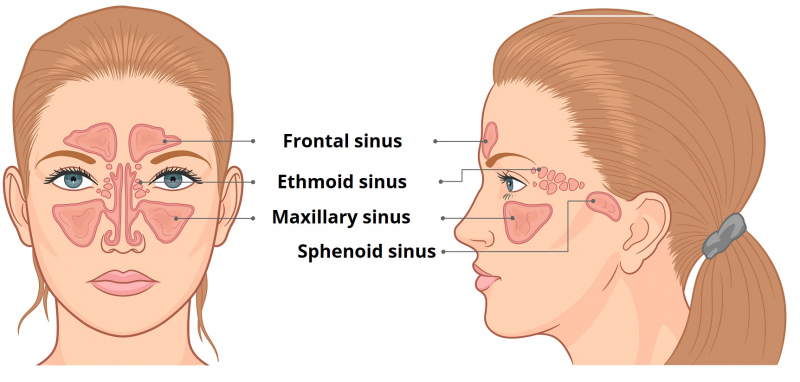Sinuses
Your sinuses are pockets of air that reside inside your face. The biological role of sinuses is often a topic of heated debate, but there is little-to-no consensus on their actual purpose. Therefore, it is thought to be one of the vestigial features of the human body. Researches show that our early ancestors may have had nasal sinuses lined with odor receptors, which would have given them a sharper sense of smell and helped them survive. Other than perhaps to make the head lighter and to warm and moisten the air we breathe, no one knows why humans keep these potentially problematic mucus-lined cavities.
The Mütter Museum at the College of Physicians of Philadelphia is home to a cross-section of a skull from the collection of Matthew Cryer, a physician, and dentist whose Internal Anatomy of the Face was published in 1901. Cryer most likely examined the paranasal sinuses' four sets: frontal (in the forehead), maxillary (beneath the cheeks), and ethmoid and sphenoid (behind the nose). His research is the reason why we can have a theory about the function of the sinuses.










